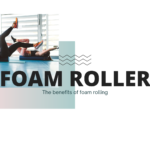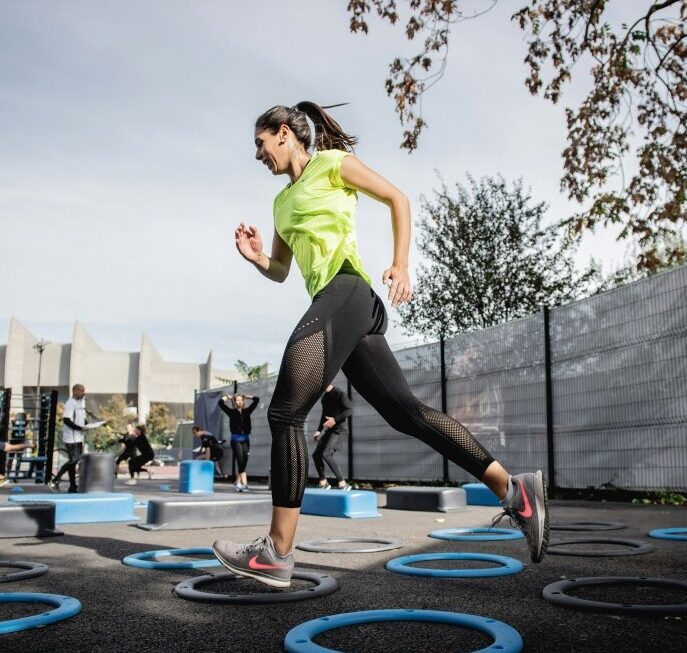The benefits of foam rolling are pretty cool. You can use these rollers to boost your flexibility, increase blood flow, and ease that post-workout muscle soreness that says, ‘Hey, you worked hard yesterday!’ But it’s not all sunshine and rainbows, because improper use can lead to bruising or even injury. So, be gentle, especially when you’re just starting out.
When it comes to foam rollers, one size definitely doesn’t fit all. There are smooth ones, textured ones, long ones, shorter ones—each serving its own purpose. The smooth ones are usually friendly and welcoming to beginners, while textured rollers get deep into those tough muscle knots, which can be a bit intense at first. So, picking the right roller is all about knowing what you want to get out of it.


Adding foam rolling into your routine is not just about recovery—it’s about prevention too. Keeping those muscles relaxed and joints mobile can help stave off injuries before they sneak up on you. So go ahead, grab that roller, and treat your muscles to a little TLC.
Foam Rolling Techniques: Finding What Works for You

Getting the hang of foam rolling isn’t rocket science, but there are some tips to make sure you’re doing it right. Start with the basics by gently rolling back and forth over the muscle group you’re targeting. This can be your calves, quads, or even your back. The key is to go slow, and when you hit a tight spot or a ‘trigger point’, hold your position for a bit to help release the tension.
When it comes to techniques, there’s a bit of a learning curve, but nothing you can’t handle. Keep in mind that different muscles require different approaches. For larger muscles like your quads or hamstrings, you might want to roll parallel to the muscle’s length. On the other hand, for areas like the calves, going perpendicular might hit the spot better.
One common mistake many people make is rushing through the process. Slow and steady wins the race when it comes to foam rolling. You shouldn’t be grimacing the whole time either. If you are, you probably need to ease up on the pressure.
As for frequency, it’s pretty flexible. Some folks like to roll out before a workout to loosen things up, while others prefer doing it after to cool down those hard-worked muscles. There’s no strict rule—it’s all about what feels best for your body. As a good starting point, aim for a few times a week and tweak it as you figure out what’s working for you.
Introducing Other Recovery Tools: Beyond Foam Rollers
Once you’ve made friends with foam rollers, it’s time to expand your recovery toolkit. Ever heard of massage sticks or percussion devices? These can offer something a little different when foam rolling becomes too predictable.
Massage sticks, for instance, are awesome for pinpoint accuracy. They’re like a trusty rolling pin for your muscles, allowing you to control the pressure and target those stubborn knots. They’re super portable too, making them a great travel buddy for maintaining your recovery routine on the move.
Percussion devices are another game-changer. These gadgets pulse rapidly to give your muscles a deep massage, perfect for relieving tension without too much effort on your part. They’re a bit pricier, but users swear by their efficiency in loosening up packed muscles.
The science behind these tools is solid. They work on the principle of myofascial release, similar to foam rollers, but the specific method—be it vibrating or rolling—can offer unique extras. Using a variety of tools helps work different layers of fascia and muscle groups, which can lead to better overall recovery and performance.
Comparison shopping might help when deciding which tool to buy. Foam rollers, massage sticks, and percussion devices each have their perks and downsides. Budget, ease of use, and versatility are things to think about. And honestly, sometimes it’s all about personal preference, like choosing between coffee and tea. There’s no right or wrong answer, just what suits your lifestyle best.
Crafting a Personalized Recovery Routine: Integrating Tools and Techniques
Now that you’ve got a good handle on foam rollers and other recovery tools, it’s time to piece them together into a routine that works for you. Balancing these tools with your workout regimen is key to maximize benefits and keep your body in tip-top shape.
Start by looking at your usual training schedule. If you’re a morning exerciser, consider using softer foam rolling techniques to wake up those muscles and prep for the day. After more intense sessions, switch things up with percussion devices to really get into those tired spots.
Feeling overwhelmed by all these tools? It’s all good—sometimes a bit of guidance can make a world of difference. If you’re not sure which recovery methods work best for your particular goals or concerns, consulting a physical therapist or a trainer can offer personalized insights. They can suggest specific tools and routines tailored to your body’s needs.
And then there’s the future to think about—recovery tech is always evolving. Keep an eye on emerging trends in the wellness space; innovation could bring new tools that fit your lifestyle even better.
Creating a routine that works is all about trial and error. Combine different tools and techniques, listen to your body, and adapt as necessary to keep everything fresh and effective. As you stick to what feels good and helps you recover best, you’ll find those sore muscles will thank you—and so will your performance.











